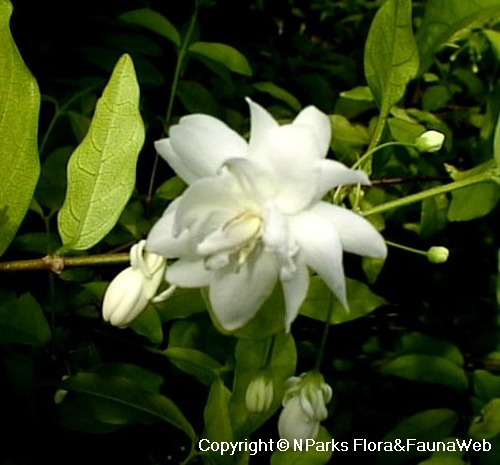
Name
Classifications and Characteristics
| Plant Division | Angiosperms (Flowering Seed Plants) |
|---|---|
| Plant Growth Form | Tree |
| Mode of Nutrition | Autotrophic |
Biogeography
| Native Distribution | Malaysia, Laos, India, Sri Lanka, Thailand, Vietnam |
|---|---|
| Native Habitat | Terrestrial |
| Preferred Climate Zone | Tropical |
Description and Ethnobotany
| Growth Form | Large tree, able to grow up to about 20 m tall. |
|---|---|
| Trunk | Branch grey or brown, surface pubescent and lenticellate. |
| Foliage | Green leaves, elliptic to obovate, opposite arrangement, measuring 6 - 18 cm long and 3 - 8.5 cm wide, leaf surface densely velvety, petiole measuring about 0.2 - 1 cm long. |
| Flowers | Pale yellowish 5-petaled flowers borne on a corymbose inflorescence, measuring about 2 - 3 cm wide, lobes narrowly elliptic to ovate and about 0.8 - 1.6 cm long. |
| Fruit | Fruit is a cylindric follicle, measuring about 14 - 21 cm long and 3 - 4 cm wide. |
| Etymology | Genus Wrightia is named after Dr William Wright (1740 - 1827), who was a Scottish physician and botanist and who also identified the indigenous Jamaican species, Cinchona jamaicensis, in 1777. Species arborea means tree-liked. |
Landscaping Features
| Desirable Plant Features | Ornamental Flowers |
|---|---|
| Landscape Uses | Parks & Gardens |
Plant Care and Propagation
| Light Preference | Full Sun, Semi-Shade |
|---|---|
| Water Preference | Moderate Water |
| Plant Growth Rate | Moderate |
| Rootzone Tolerance | Moist Soils, Well-Drained Soils |
| Propagation Method | Seed |
Foliar
| Foliage Retention | Evergreen |
|---|---|
| Mature Foliage Colour(s) | Green |
| Foliar Arrangement Along Stem | Opposite |
| Foliar Attachment to Stem | Petiolate |
Floral (Angiosperm)
| Flower Colour(s) | Yellow / Golden |
|---|---|
| Flower Grouping | Cluster / Inflorescence |
Image Repository
Others
| Master ID | 29059 |
|---|---|
| Species ID | 3379 |
| Flora Disclaimer | The information in this website has been compiled from reliable sources, such as reference works on medicinal plants. It is not a substitute for medical advice or treatment and NParks does not purport to provide any medical advice. Readers should always consult his/her physician before using or consuming a plant for medicinal purposes. |

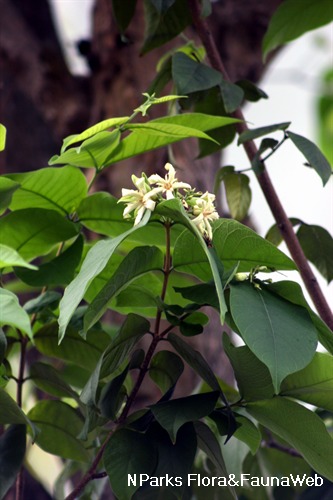
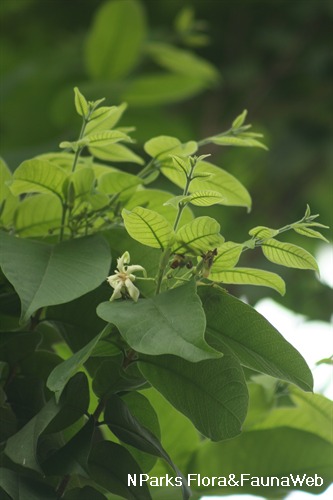
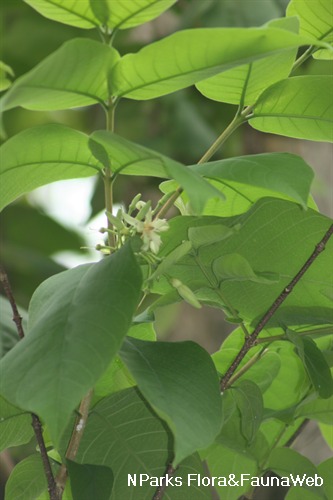
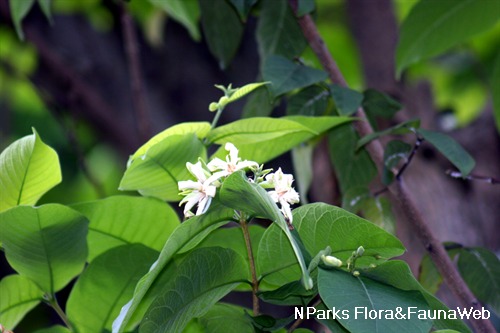
.jpg)
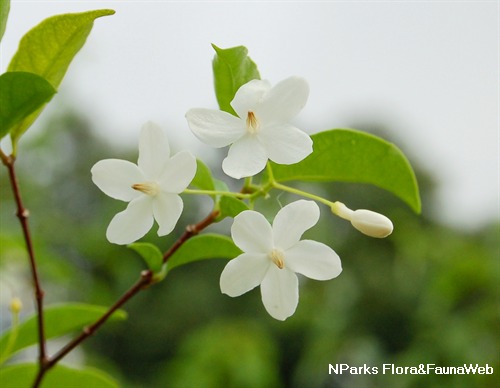
.jpg)
